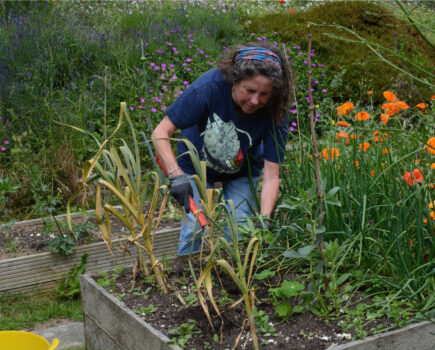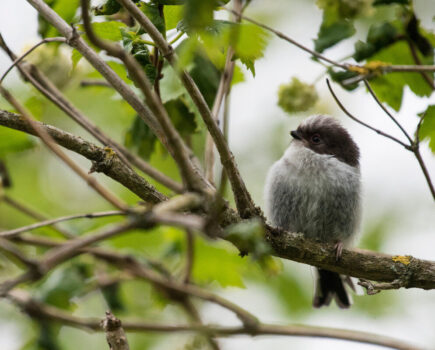One of the best ways to save money, reduce waste and help the environment is to make your own compost. Alex Valk explains how
Nutritional, well balanced compost is vital for growing seedlings and mulching borders, and with the price of bagged growing media skyrocketing, there has never been a better time to make your own. Home composting saves you time, money and trips to the tip – plus the end product is packed with nutrients and good bacteria that your soil will love.
Starting out, you may worry about getting composting ‘wrong’. Will it smell? Do I need to shred everything? What if it doesn’t get hot enough? Try to remember that just as plants want to grow, organic matter wants to break down. The decomposition magic is done by fungi, bacteria and minibeasts such as insects, worms, slugs and snails. All you need to do is fill up a bin.
Choose your vessel
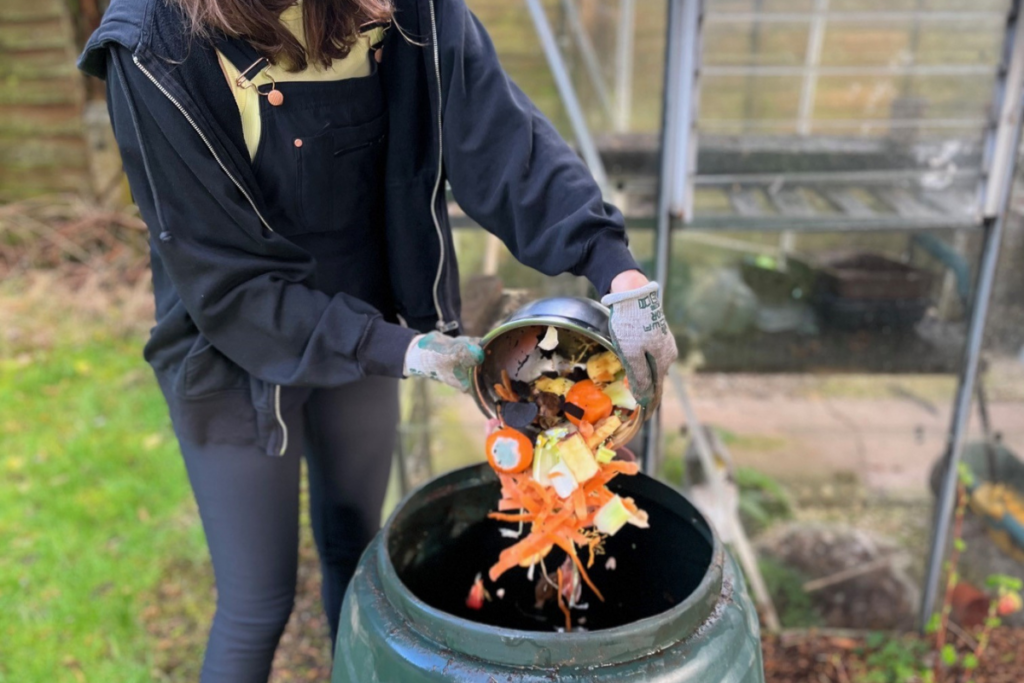
I use two Dalek-style bins, which can be discounted online by your local authority (check out your local council website). I like them because they are contained, but open at the bottom to allow beasties in and moisture out. To harvest, I lift the whole thing, shovel up the completed compost and put any unfinished bits into the second bin to start the process again. If you live in a flat or have a smaller garden, consider a wormery or a hot bin, as they need less waste, are enclosed, and work faster.
Choose the right place
The ideal spot for composting is sheltered and lightly shaded to avoid extremes of heat and moisture. Mine sits directly on the soil so those incredible composting microbes and creatures can get inside and start working. If your only spot is a patio, or your bin has a sealed base, it will still work, just place a layer of cardboard and soil at the bottom first.
What to compost?
You need a balanced mix of ‘green’ and ‘brown’ waste.
Green waste can be grass clippings, weeds and fresh green prunings. Uncooked veg and fruit peelings are also good. If your compost isn’t likely to get super hot, try to avoid getting weed seeds in there as they will germinate when you use the finished product.
Brown waste includes straw, twigs and shredded paper or cardboard. Remove any tape or plastic, and don’t use laminated cardboard.
Never add diseased plant material, as the disease spores can linger and be spread in your finished compost. Also leave out pet waste and raw and cooked meat as this will smell and attract vermin.
Get the balance right

You need a balance of green and brown waste to make good compost, and I aim for around 50/50 of brown and green, though there’s no need to be too precise.
I tend to layer it – so for every deposit of veg scraps or grass, I’ll add a layer of cardboard. If it starts to smell, I add more shredded cardboard and turn it with a garden fork to get the air moving. If it seems dry and nothing is rotting down, I add water, especially in summer.
Wait
Your compost will be ready in six to 12 months, depending on the weather and what’s in it. The finished product should be rich, brown, and not sludgy or smelly.
Garden compost is brilliant for mulching beds to feed the soil and lock in moisture. It will be a bit too rich for seed sowing, but it can be great for potting on small shrubs and vegetables.
I sometimes buy a big bag of garden centre peat free compost and mix it with my own, as the bagged compost is lighter. Hopefully this gives my potted plants a full range of water, nutrients and friendly bacteria.
Money saving tips
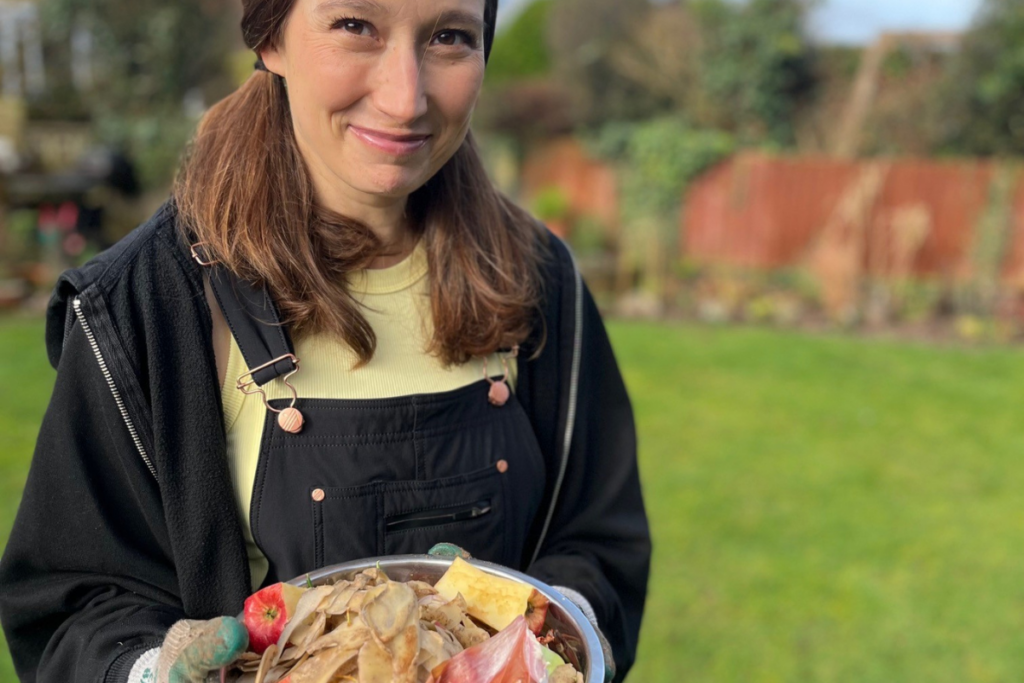
Check out social media, Freecycle and Olio for people giving away compost bins. Local authorities should offer discounted Dalek-style bins. You can also build a bin by wiring pallets together.
Dog hair, wool packaging and cold wood ash are great additions to a compost heap.
Consider teaming up with other gardeners for a shared compost space on local allotments.
Credit
Alex Valk is a restaurant kitchen gardener and garden writer based in Birmingham. Follow her on Instagram @alexvalkgardens or Substack @rantsaboutplants.
Peatfree April
The Peat Free April campaign encourages gardeners to switch to peat free composts and make their own potting composts, to help save peat bogs, reduce flooding and combat climate change. If you make just one change in your garden this year – make sure it’s making your own compost!
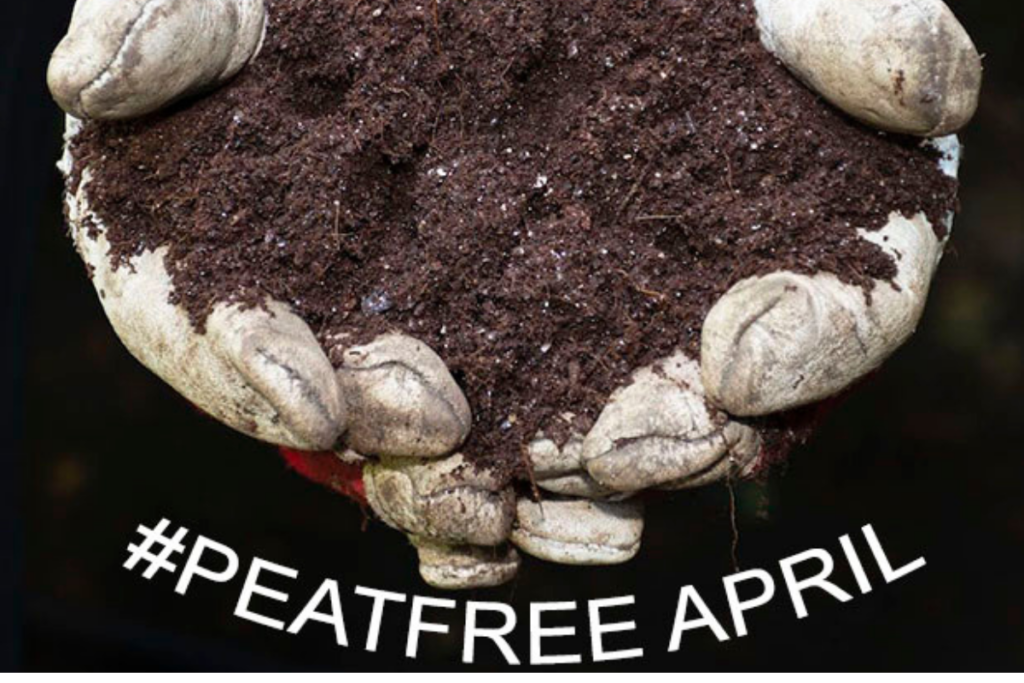
Find more tips, advice and articles like this at the Amateur Gardening website. Subscribe to Amateur Gardening magazine now.


